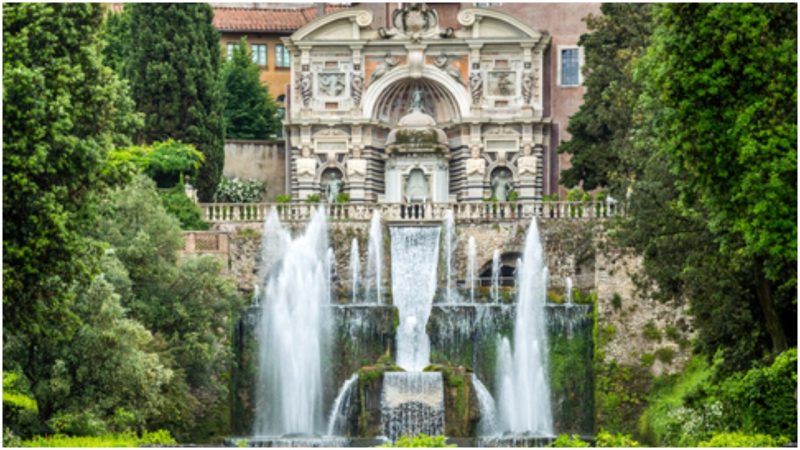Since ancient times, Tivoli has been a favorite location for the extravagant residences of the wealthy and powerful. It enabled them to escape the noise and crowds of Rome, while still being close enough to visit the city whenever needed. In the 16th century, one especially beautiful residence, and even more beautiful Renaissance gardens, were built in the hilly area of Tivoli.
If it had not been for the personal disappointment of Ippolito II d’Este, this architectural masterpiece would probably not exist today. He was born into a rich and powerful family, became a cardinal, and was firmly convinced he would become the next Pope. However, his great expectation turned out to be unattainable, and he instead became the governor of Tivoli.
A monastery at Tivoli was granted to him as an official residence. However, Ippolito II d’Este could not just settle in the modest building someone had selected for him. He wanted his home to be bigger, more glamorous, and more extravagant. That is when the cardinal decided to completely remodel the existing monastery.
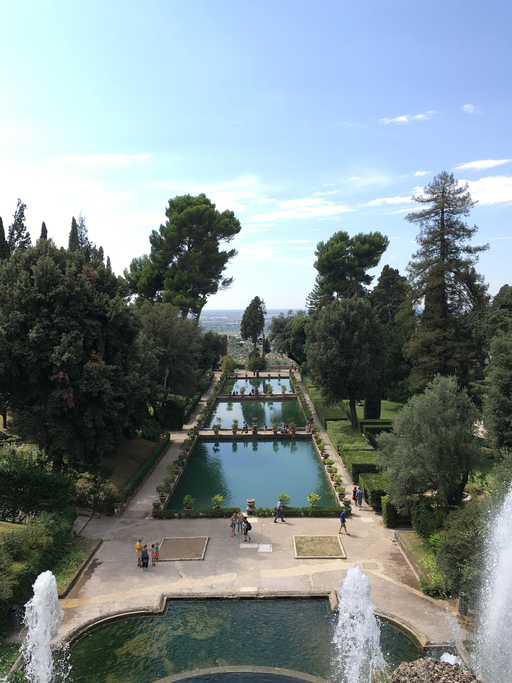
Ippolito II d’Este commissioned some of the greatest contemporary artists for the project. The leading architects and painters were Alberto Galvani and Pirro Ligorio. However, Mannerist artists such as Livio Agresti, Durante Alberti, Federico Zuccari, Antonio Tempesta, and Cesare Nebbia were also included, especially for painting the interior walls of the new villa.
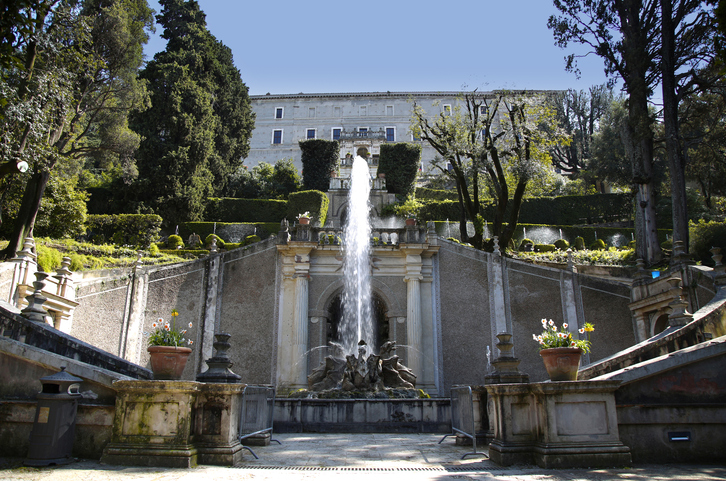
The construction of his new home began in 1560. The ceilings and walls of rooms in the villa are painted with beautiful scenes from Roman mythology and history, but scenes from the Bible are also present. All in all, the interior of Villa d’Este is like walking through an impressive art gallery. The villa is really remarkable, but this is not the only reason for its worldwide fame. The magnificent gardens are the main reason for its international renown.
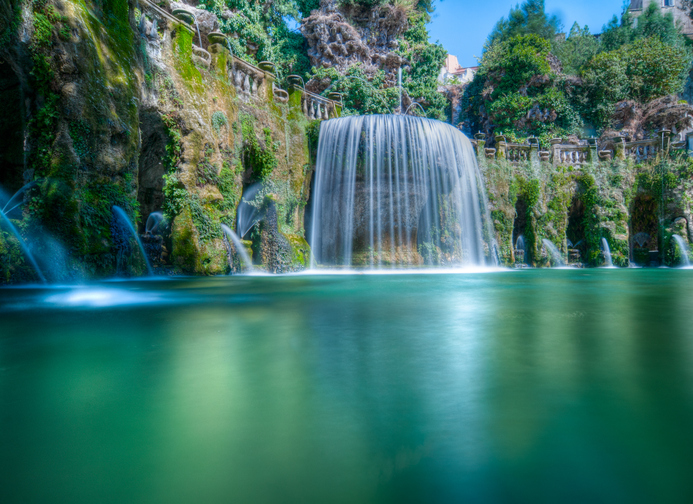
The garden is full of colorful flowers, waterfalls, remarkable sculptures, and grottoes, as well as many extraordinary fountains. Many of the garden statues date back to ancient times and were removed from excavation sites and brought to the villa. Mythological animals and statues of Roman gods and goddesses also decorate some of the area’s famous fountains.
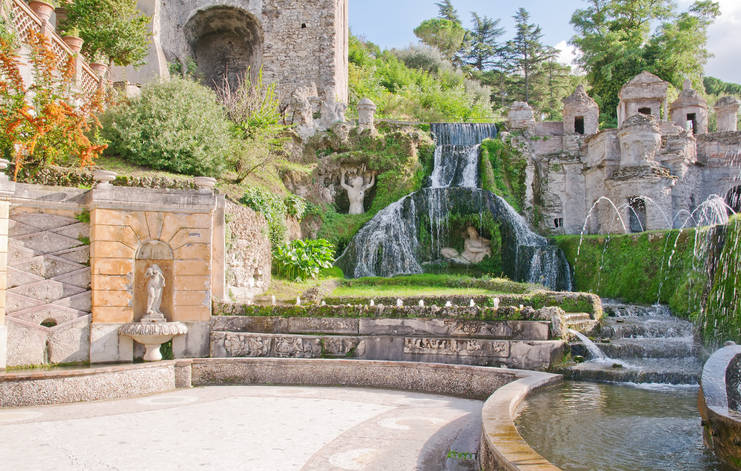
The most famous fountains are the Fountain of Neptune, the Fountain of the Dragons, and the Fountain of the Organ. In honor of the eternal city, one fountain was built in the shape of a miniature of the city of Rome, known as The Rometta. Ippolito II d’Este hosted many celebrations in his home, leaving a great impression on his guests with the beauty of his villa and its gardens.
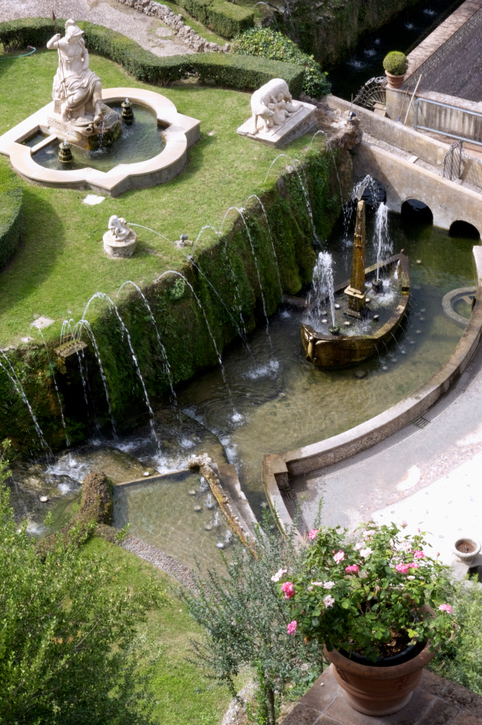
A controversy about the estate was that he supposedly approving the pillaging of the estate of Emperor Hadrian to obtain statues and other things for his own property.
When Ippolito II d’Este died, most of the work in his home was completed. The project continued under the supervision of Alessandro d’Este. He made small alterations on the gardens, focusing especially on the ornamented fountains. In the 1660s, one of the greatest architects and sculptors in the world, Gianlorenzo Bernini, was commissioned to improve the gardens. One of his creations is the Bicchierone fountain.
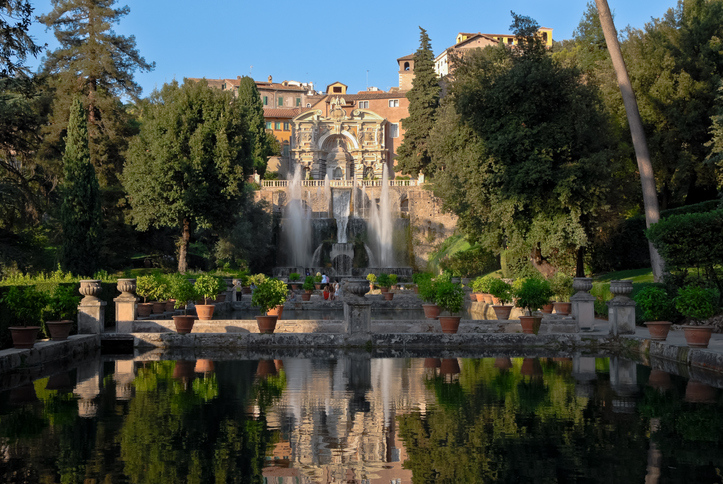
However, in the 17th century, the villa and its gardens were neglected. During this period, many statues and sculptures of the garden were stolen and many frescoes inside the villa were damaged. After they ended up as a property of the Habsburg monarchy, Villa d’Este and its garden didn’t see improvements either. No one showed interest in restoring them until the 19th century.
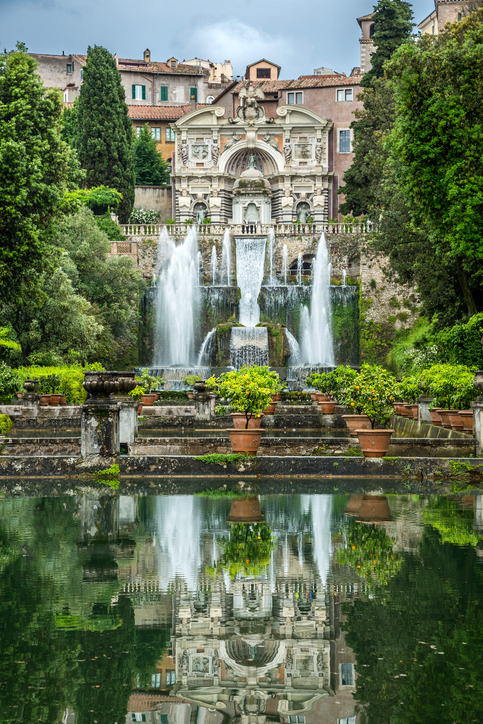
Gustav Adolf, Cardinal Prince of Hohenlohe-Schillingfürst, revived the property. The residence was restored to its former glory and once again the garden hosted many celebrations and concerts, including the final one of Hungarian musician Franz Liszt.
When World War I began, Villa d’Este and its gardens were in possession of the Italian state. Two years after the war finished, they were restored, although the procedure had to be repeated after the Second World War. Today, they are a UNESCO World Heritage Site and remain one of the most beautiful gardens in the world, visited by hundreds of tourists every year.
